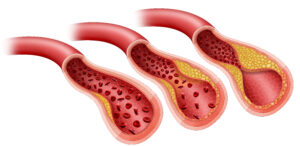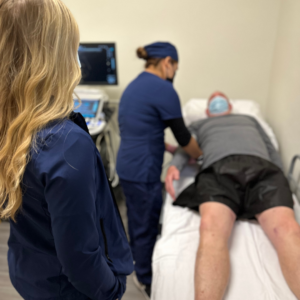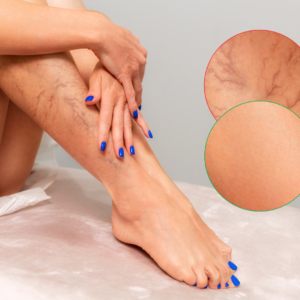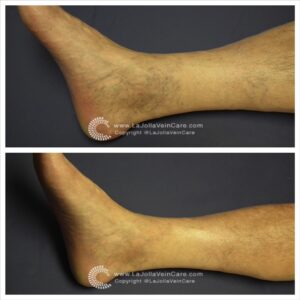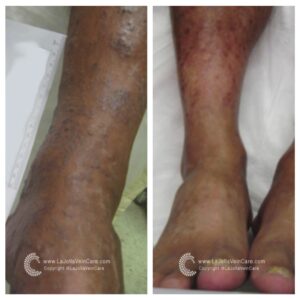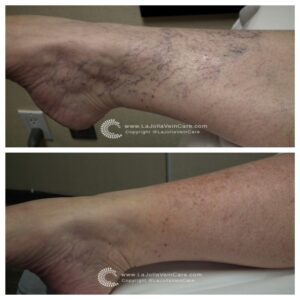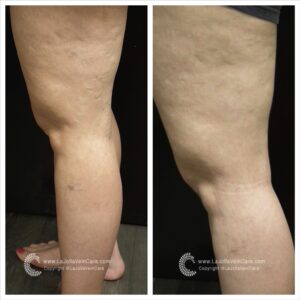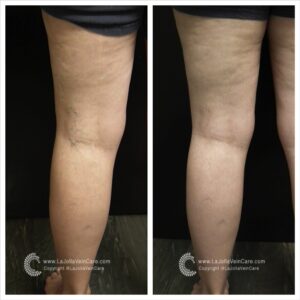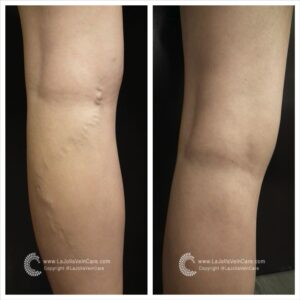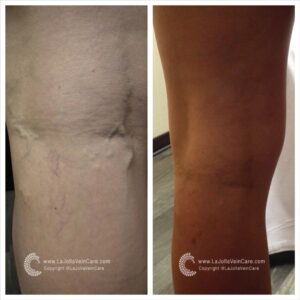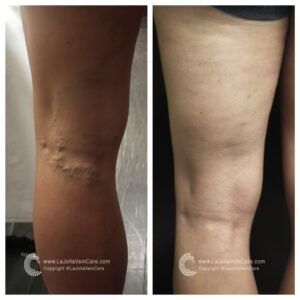Heat powered healing: A guide to Radiofrequency Ablation for vascular conditions
LJVascular2023-08-31T18:19:17-07:00Heat powered healing: A guide to Radiofrequency Ablation for vascular conditions
ClosureFast: Advancing Vein Health with Endovenous Radiofrequency Ablation (RFA)
When it comes to addressing venous reflux or the backward flow of blood in your saphenous vein(s), innovative solutions like ClosureFast are transforming the landscape of minimally invasive procedures. In this article, we delve into the details of ClosureFast, an endovenous radiofrequency ablation (RFA) procedure that targets venous reflux in the great saphenous veins and small saphenous veins of the leg. Join us as we explore how this procedure works, what to expect on the day of treatment, and the benefits it offers for your vascular health.
Understanding the ClosureFast Procedure
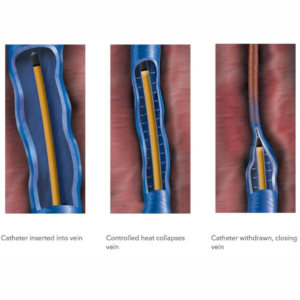
ClosureFast™ is a state-of-the-art treatment designed to combat venous reflux, a condition that disrupts the proper blood flow in the saphenous veins of the leg. Venous reflux can lead to discomfort, pain, and other vascular issues. The procedure involves inserting a ClosureFast® catheter into the affected vein, delivering radiofrequency energy to the vein wall. This energy causes the vein to seal shut, allowing healthier veins to continue efficiently transporting blood back to the heart.
The Treatment Process: A Closer Look
On the day of the ClosureFast procedure, you can expect a comfortable and efficient experience. Here’s a step-by-step breakdown:
- Anesthesia and Sedation: The treatment begins with numbing the skin using lidocaine. Some patients may choose to take a mild oral sedative like Valium to enhance relaxation during the procedure.
- Patient Comfort: You will be provided with a gown and positioned in a way that maximizes comfort. Special accommodations are made based on your individual needs.
- Preparation and Mapping: Your skin will be cleansed, and the doctor will perform an ultrasound to map the veins targeted for treatment.
- Numbing and Catheter Insertion: A numbing agent (lidocaine) is injected into the skin, followed by the insertion of a tiny puncture to pass the radiofrequency catheter.
- Local Anesthetic Application: A combination of cool saline and local anesthetic is administered around the vein to be treated. This numbs the vein and insulates it from surrounding tissue.
- Radiofrequency Energy Treatment: With the numbing solution in place, the vein is painlessly treated with radiofrequency energy, sealing it shut.
- Compression Stocking and Walking: After treatment, a compression stocking is applied, to be worn for 72 hours continuously. You’ll also be encouraged to walk for 30 minutes before leaving.
The Advantages of ClosureFast™:
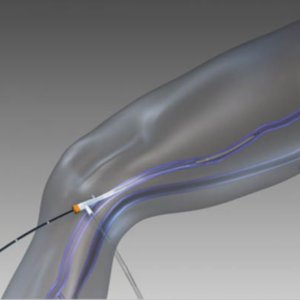
- Minimally Invasive: ClosureFast is a minimally invasive procedure, performed in-office in under an hour.
- Swift Recovery: Patients typically return to their regular activities on the same day as the procedure.
- Effective Results: By sealing the affected veins, ClosureFast™ addresses venous reflux and related symptoms effectively.
At La Jolla Vein & Vascular, we’re dedicated to providing innovative solutions like ClosureFast to enhance your vascular health. If you’re considering addressing venous reflux or non-healing ulcers, our board-certified vascular surgeons and specialists are here to guide you through a personalized treatment journey. Embrace the benefits of modern vascular care and regain your comfort and vitality.
“Bringing Experts Together for Unparalleled Vein and Vascular Care”
La Jolla Vein & Vascular (formerly La Jolla Vein Care) is committed to bringing experts together for unparalleled vein and vascular care.
Nisha Bunke, MD, Sarah Lucas, MD, and Amanda Steinberger, MD are specialists who combine their experience and expertise to offer world-class vascular care.
Our accredited center is also a nationally known teaching site and center of excellence.
For more information on treatments and to book a consultation, please give our office a call at 858-550-0330.
For a deeper dive into vein and vascular care, please check out our Youtube Channel at this link, and our website https://ljvascular.com
For more information on varicose veins and eliminating underlying venous insufficiency,
Please follow our social media Instagram Profile and Tik Tok Profile for more fun videos and educational information.
For more blogs and educational content, please check out our clinic’s blog posts!






